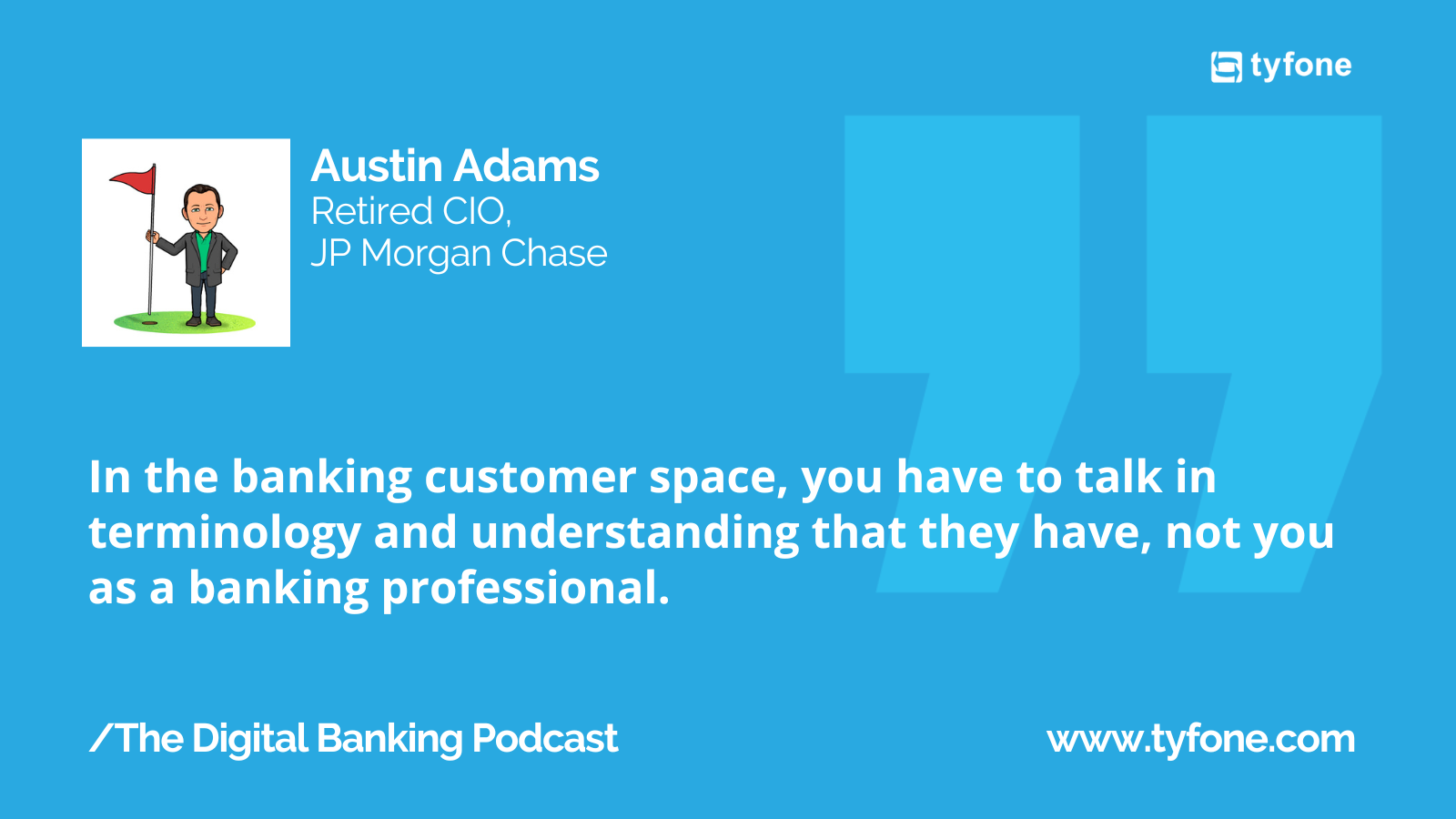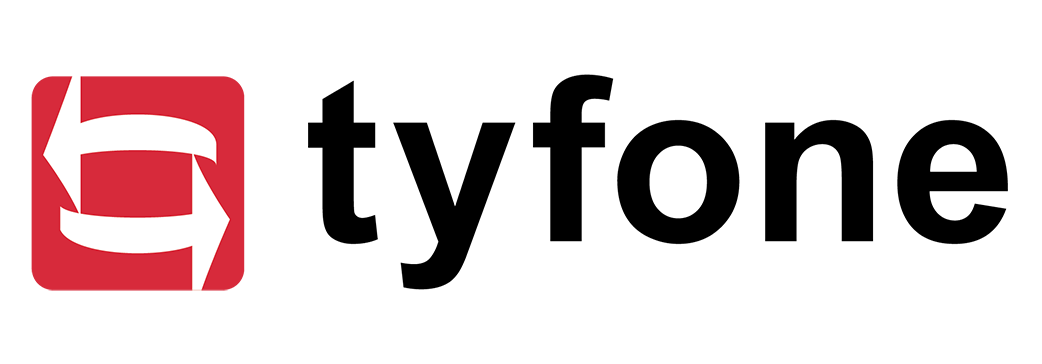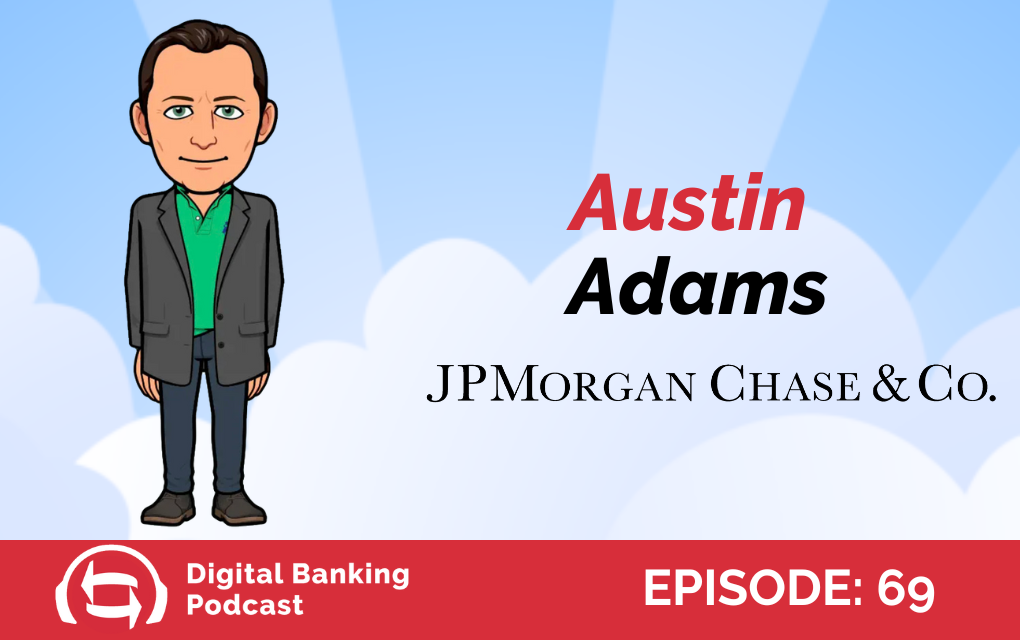Finding Your Place Among the Megabanks, With Austin Adams, Retired CIO at JP Morgan Chase
- If you are a community bank, there is no reason to fear for your survival. Big banks are not your competition because they are not close enough to their customers as you are.
- As a community bank, don’t chase the big banks so much. Don’t do what they do just to do what they do; do what makes sense for you.
- If you are a bank leader in the community, your most important attribute should be empathy because it means you are willing to understand and listen to all your constituencies.

There are many financial institutions that people can choose to use their services. If we focus on community banks as opposed to big ones, they have many similarities and differences. You will probably choose a community bank if you want closer contact with your bank and a more personalized banking experience.
However, smaller banks – community banks, credit unions – will not be able to offer you the range of products and services that the big banks offer. In big banks, you will get a more comprehensive banking experience and a lot more services, from investment accounts to mortgage loans, and more access to ATMs, even abroad.
Austin Adams, retired CIO at JP Morgan Chase, worked for one of the top financial institutions, not only in the US but also in the world, and also worked for local banks and regional banks. He explains the primary difference between community banks and super-regional banks.
“I was very fortunate in my career to work with some extraordinary talents, not the least of which was a quote peer of mine. From 2000 through the end of 2006 was Charles Scharf, who is now the CEO of Wells Fargo. He and I shared offices near each other at Bank One in Chicago and then later when he was head of retail at JP Morgan, and one of the things I enjoyed doing was I kept reminding Charlie that if we, the big players, Bank of America, Citibank, particularly Bank of America, JP Morgan if we were really good there, would not be a place for community banks. And he’d start to argue with me, and I said, ‘Okay, tell me what products and services a community bank offers that we don’t?’ And there are none. There aren’t any there. Well, why do community banks prosper and grow? And I would prod him a little and tell him, ‘Just because we aren’t good enough.’ And frankly, I 90% believe that we are good enough in the sense that a lot of times, attitudinally, we are as close to the customer. Many times we’re too bureaucratic in our rules and guidelines. We, very big players, even the super regionals, our decisions are made in New York or Charlotte or wherever, and aren’t applicable and easily translatable to what happens day to day in the communities where the community banks are successful,” Austin says.
The following article discusses the community banks and credit unions that don’t run their own technology and how to get what they need from technology providers, why being “highly available” is not always that impressive, and why appreciation and recognition are important.

If You Are Persistent, You Will Get What You Need from Your Technical Providers
According to Austin, many mid-sized and regional banks have successfully developed many things that could compete with the largest banks. On the other hand, community banks and credit unions generally don’t run their own technology, but Austin explains what they can do.
“If I didn’t feel like I was being heard or feel like a voice, I would make some calls, and I would be assertive about saying, ‘We don’t think this product has this functionality,’ or if I really felt strongly about it, I’d be calling two or three of my other associates, non-competing likely associates whom I know in other community banks nearby, and say, ‘We are Jack Henry customers; we’re not where we need to be with functionality X.’ I’ve got more and more people walking through the door from B and A saying they’re seeing this, they need it, and we don’t have it. And I’d be calling Jack Henry to say, ‘I’ve got four or five of my associates; I want to get on a Zoom call with you and talk about Product X; it doesn’t have functionality Y,'” Austin concludes.
He adds that in this way, you’re going to win all those battles, and you’re going to force your technology providers to get you what you need.
Even though You’re “Highly Available,” It’s Still Not 100%
Austin says that technologists tend to think of service levels and availabilities, but he notes that being “highly available” is not that impressive when you break down the percentage to how many people that actually affects because 1% can still be a lot of people. Drawing on his experience at Bank One, Austin explains why you should be careful when using percentage metrics.
“We’re sitting in the conference room, and I’m getting a presentation that says that we’re the fourth best bank in the United States because we have 99,6% availability with our ATMs. I quietly listened, and then between that meeting and the next, I had some extrapolation done, and I came back to the meeting next time, and I said, ‘How many of you remember of discussion to say that our ATM availability was 99,6%?’ Most everybody raised their hand. And I said, ‘Well, we’ve done some calculations, and I found out that that means that 50,000 customers last month couldn’t get their money from the ATM. So I want you to look out the window and look in the eyes of those 50,000 customers and tell me how good and how great it is that we have 99,6% availability?'” says Austin.
He adds that he went a step further and suggested that some of his bonuses and bonuses for key managers be taken away and given a metric around whether they reduced it. He later suggested the same to Charles Scharf of Bank One and Chase.
“We were losing customers; we had a net loss of retail customers every year when we got there, and so that was his highest priority – to have a net gain. And so, I made that as 10% of bonus opportunity for myself and others that we would improve the market share of the retail bank at Chase. You can imagine. I almost got lynched. My team came to me and said, ‘What the hell, Austin? We don’t hire tellers. We don’t do pricing. We don’t determine which branches get open, which get closed. We can’t control that,'” says Austin and concludes that they ultimately had an impact on attracting and retaining consumers and thus on their bonuses.
Appreciation and Recognition Should be Fostered in Every Organization
According to Austin, appreciation and recognition can go a long way. As he says, there are three parts to recognition, and the first one is giving sincere recognition to people.
“Second part to recognition is knowing the individual well enough to know how to recognize him. The way I would talk about it, New York offices were on 270 Park Avenue, and I had people in our group who if they did something outstanding, they would’ve been glad for me to call Mayor Bloomberg and, at noon that Thursday, stop all traffic on 48th and 1st and for Jamie Diamond to stand in front of the square, and recognize John or Jamie, and talk five minutes about what they’ve done and for all the networks to cover that. There are other employees that if you told them that was what was going to happen, they would’ve quit their job,” Austin says.
He adds that the third recognition is a function that it’s hard to do if you’re in a bank of 30 or 40 people, but it is extraordinarily powerful if you’re in a larger organization.
“For much of my career, I rewarded individuals that were firefighters who saved us at the last minute, who frankly, I later found out, some of them hadn’t done their work till that conversion weekend or something. But they were smart enough to get in and look like they were the hero, to clean it up or prevent it the last minute,” says Austin.

